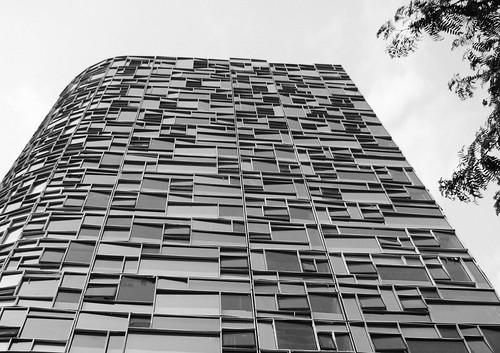![]()

Writing reveals a lot about a person. Is he sloppy? In love with the sound of her own voice? Ambitious beyond his powers? Trying to be too cute? Late, perpetually, disastrously late? What you are on paper is not that different, in most cases, from what you are like in real life. After each semester I teach architecture criticism at D-Crit at SVA or NYU, I feel like I have just participated in a seminar-size group therapy session, trying on the role of the wise, calm, suggestive but not restrictive therapist. I know I can’t make someone a better writer, but I can show a student the special qualities he is missing in his own work, or how a little more structure could make her insights clear to all.
As I read first drafts and then revisions, I am seeking that feeling of calm I get when I read the best pieces of journalism. The calm that comes from the feeling that the writer knows exactly where he or she is going. The calm that comes from descriptions that don’t leave you with unanswered questions. I prize visuals (obviously), but also flow. There’s no need to rattle off credentials, true authority comes from a sense of completeness, nothing left out, themes stated at the top brought round to some satisfying and literary conclusion.
The problem with thinking like this is that you start to do it all the time. On this blog, I know I keep picking at the New Yorker, but that’s because I need to have something to aspire to. I want it to be better, and to treat the things I care about (design, architecture, the visual world, even the classics) with the respect and insight they deserve.
Reading a lot of architecture criticism for those same classes, I also start to develop a running mental list of the writerly tics of those critics far higher in the ranks than I. Paul Goldberger, for example, who I have to say in a way that can only read as presumptuous, has gotten a lot better. On the Rise, a collection of his early reviews for the New York Times, has the flimsiness and ephemerality of blog postings. We no longer care about many of the controversies, and he has apologized for his support of postmodernism (scroll down). At the New Yorker he has more room and more time, and his early tendency to make it all about the architect has expanded. If you ever want to know what to say in conversation about a leading member of the profession, just read Goldberger. His review of Norman Foster’s Hearst Tower is one of his best — energetic, vivid, experiential, characterizing man and building as one. His review of Arquitectonica’s Westin Hotel is also extremely funny, but partly inadvertently, as he tries to apologize for the architects’ lapse into…ugliness. This week’s very early assessment of Jean Nouvel’s 100 Eleventh Avenue (I building I love for simultaneously reminding me of Kristin Chenoweth’s Emmy dress and out-sparkling Frank Gehry) is a model of his form, surveying the career and telling you exactly what to think:
Each of the angled windowpanes — there are more than sixteen hundred — reflects light slightly differently, making the building glitter like sequins in the afternoon sun. If you are tired of the way every modern building feels flatter and thinner than the one before it, well, so is Jean Nouvel…
Nouvel’s designs, for all their bombast, are conceived as a whole. You can take them or leave them, but tone them down and you’ve missed the point.
For once, I couldn’t agree more.
Bonus! Paul Goldberger on the Colbert Report.
